A rogue’s gallery of agaves from Jud’s garden. Some of these I know, some I’m guessing at, and some have really stumped me. If you have an idea, I’m all ears.
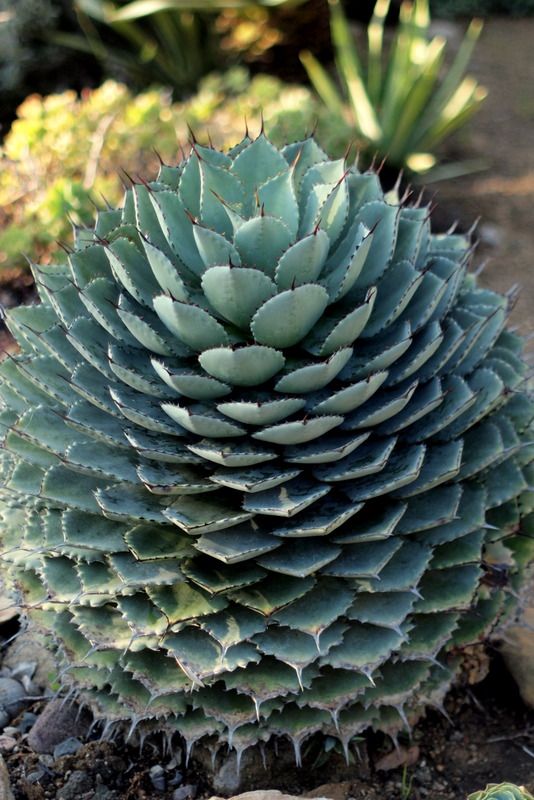
Agave potatorum?
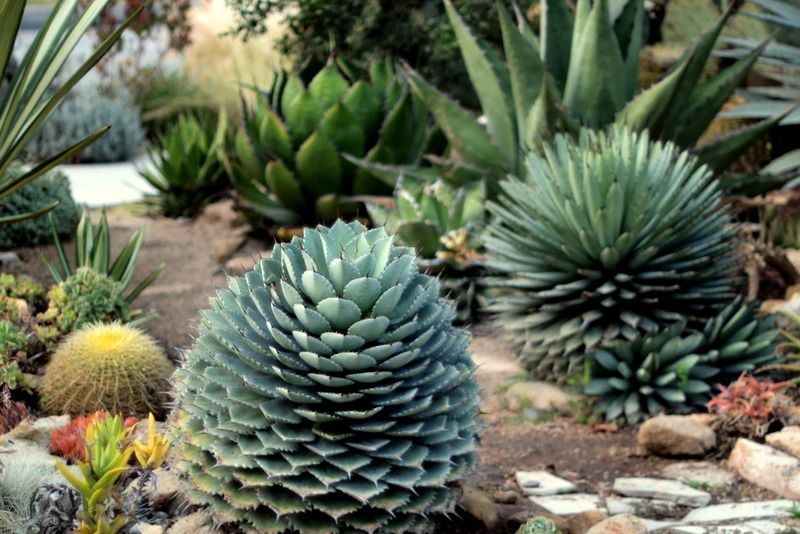
With Agave macroacantha in the background
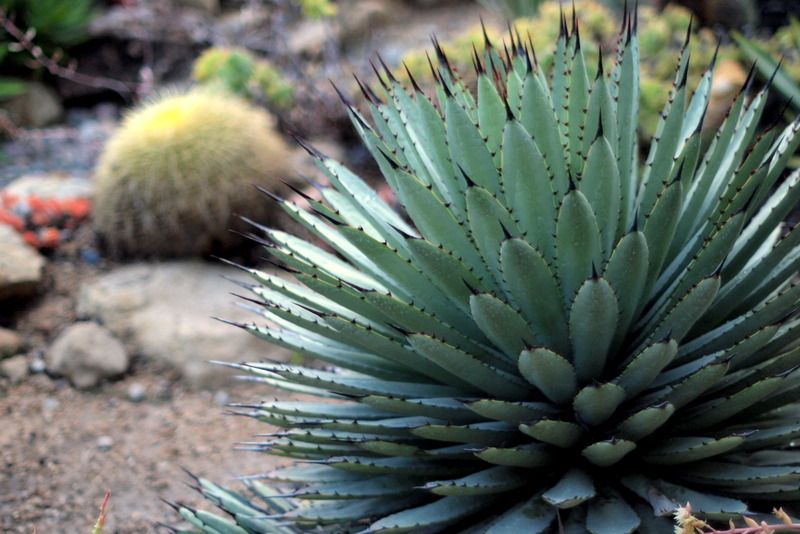
Agave macroacantha

Agave macroacantha, possibly a selection of Agave titanota in the foreground (Agave horrida?)
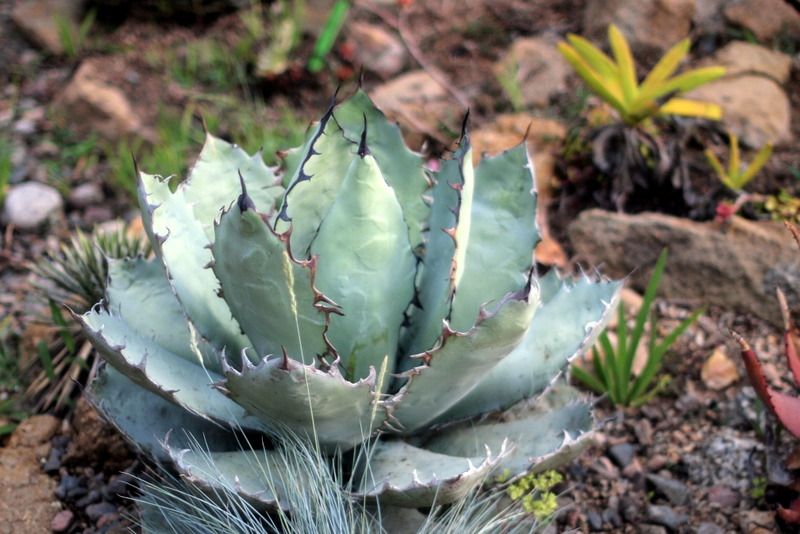
This looks more like the Agave titanota I know.
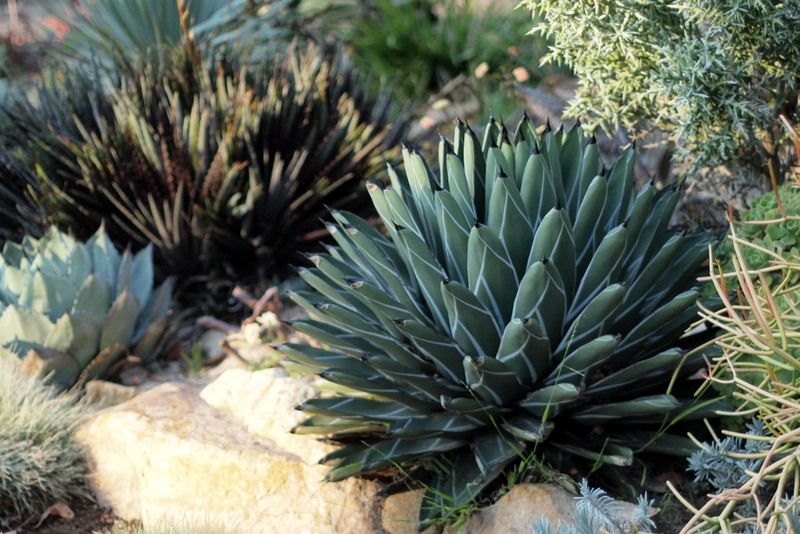
Agave ferdinandi-regis
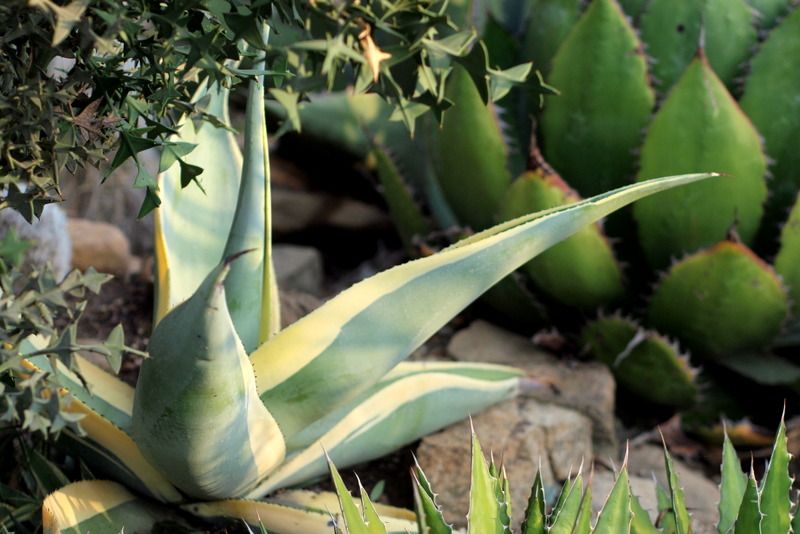
Agave guiengola ‘Creme Brulee’
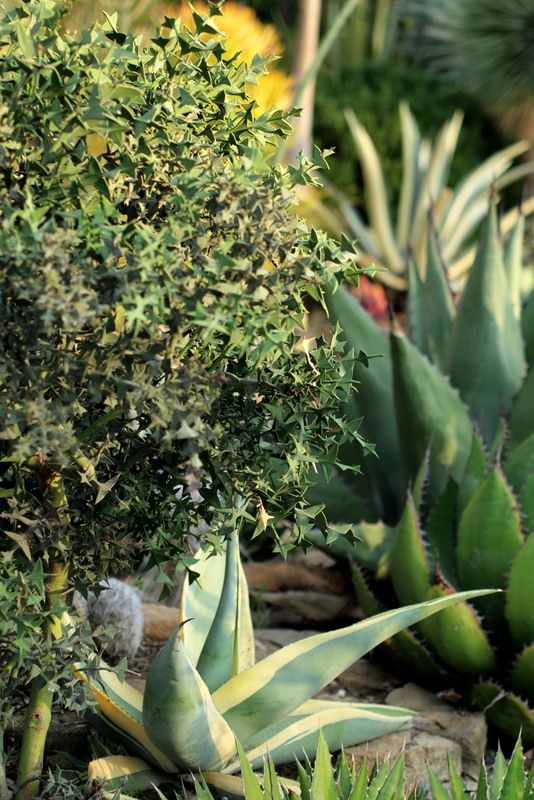
And Agave guiengola ‘Creme Brulee’ with the anchor plant, Colletia paradoxa
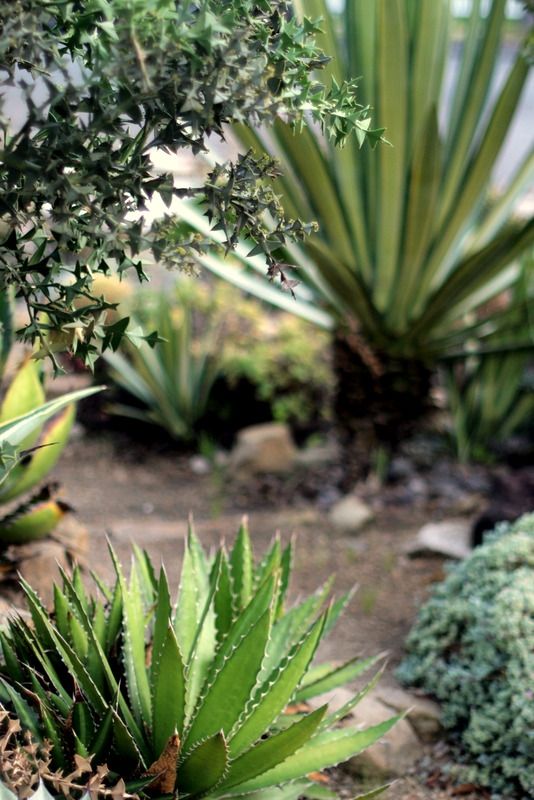
Agave lophantha
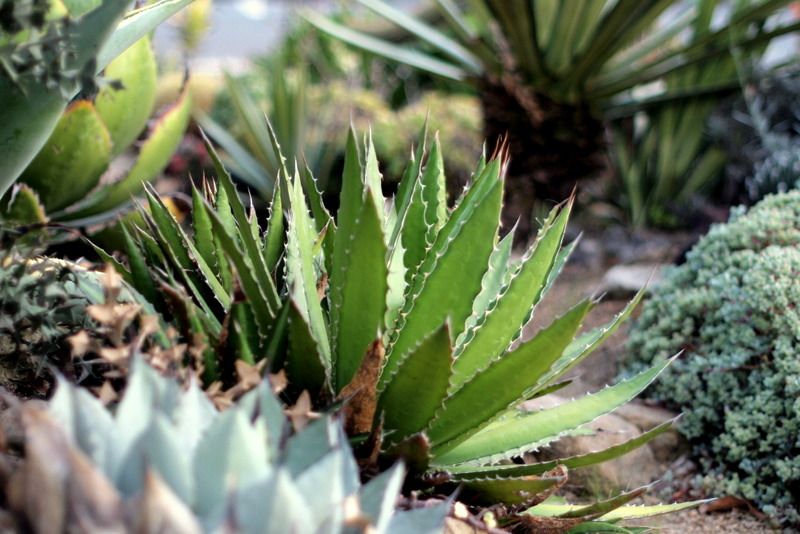
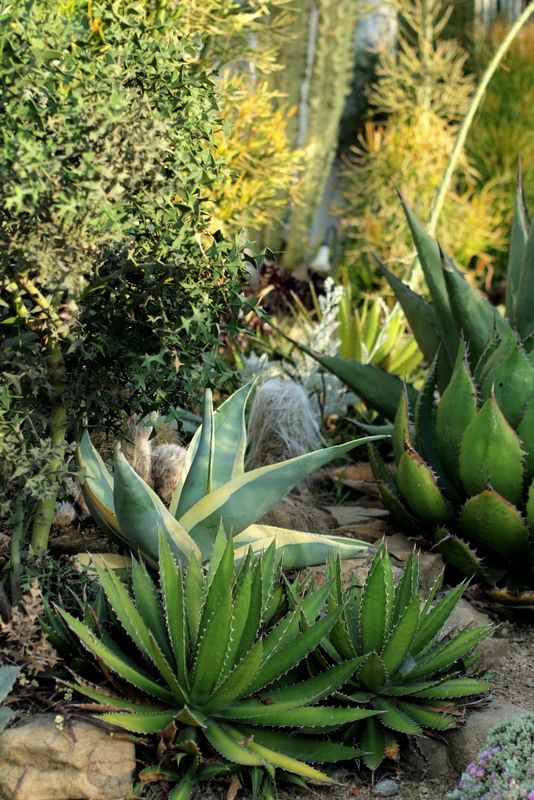
with Agave guiengola ‘Creme Brulee’
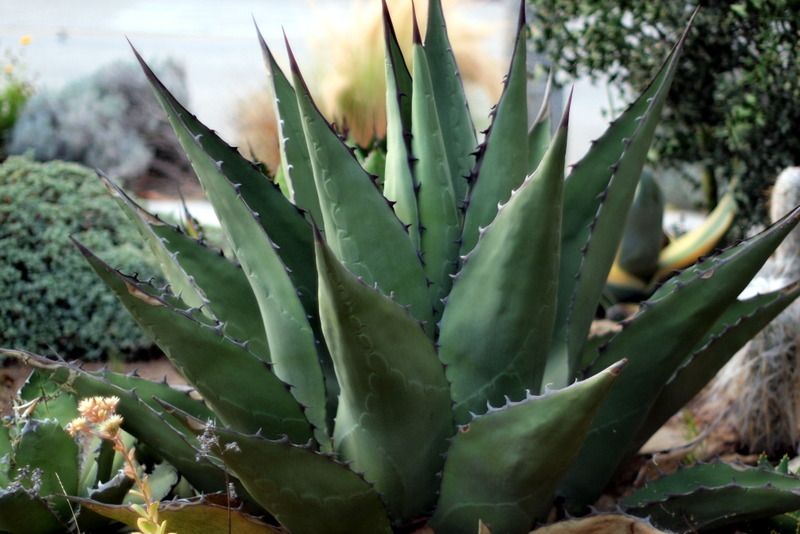
Agave shawii?

with Agave havardiana in the background.
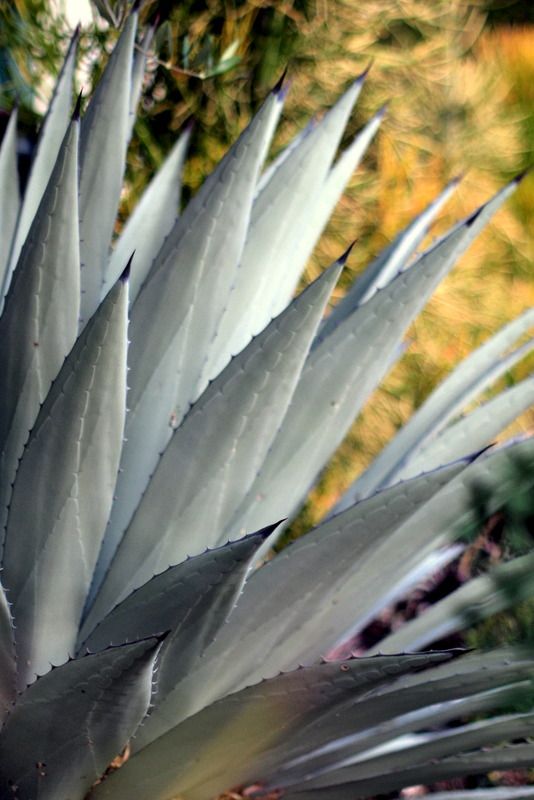
Definitely Agave havardiana (see comments for ID discussion)
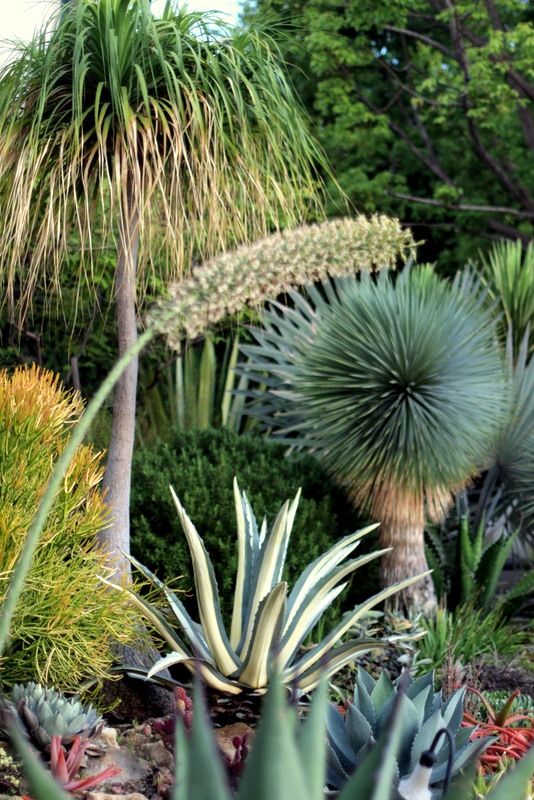
Agave americana var. medio-picta ‘Alba’
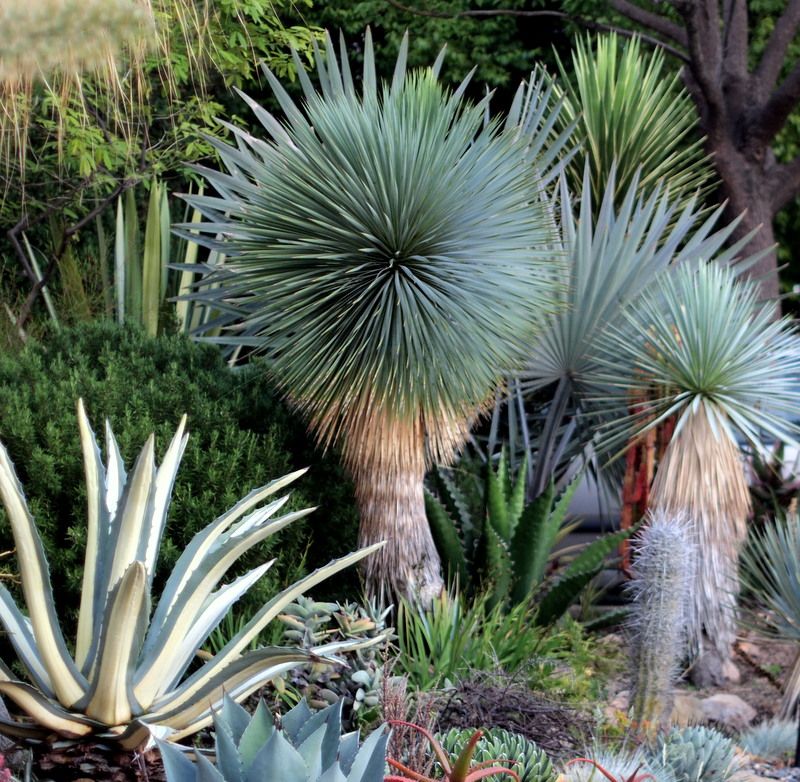
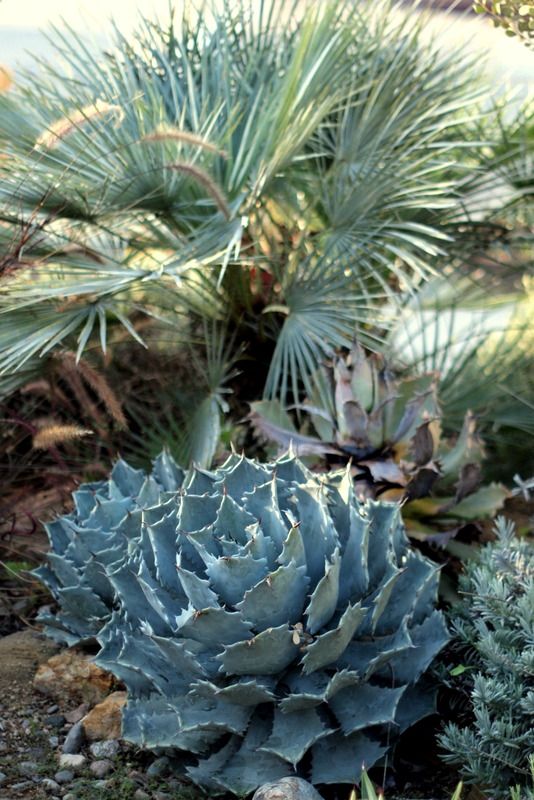
Mark commented on the first post back in 2012 identifying this agave as A. isthmensis
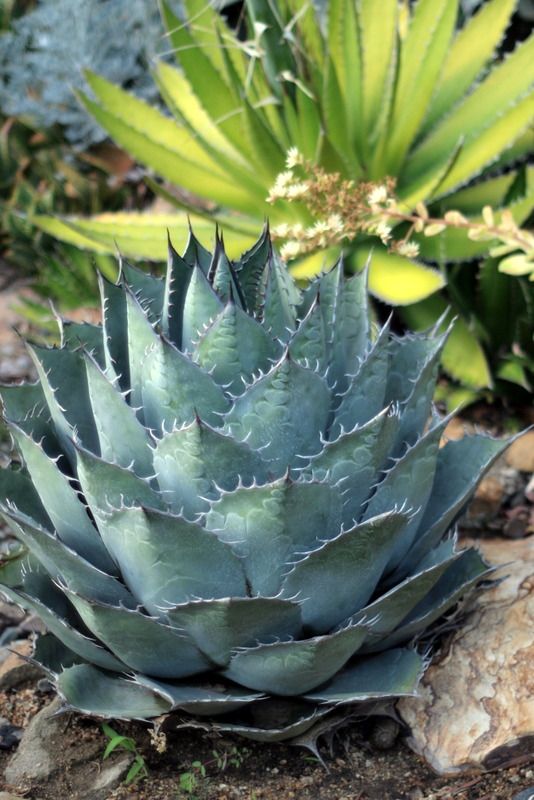
Agave parrasana, the Cabbage Head Agave, also ID’d by Mark in the 2012 post
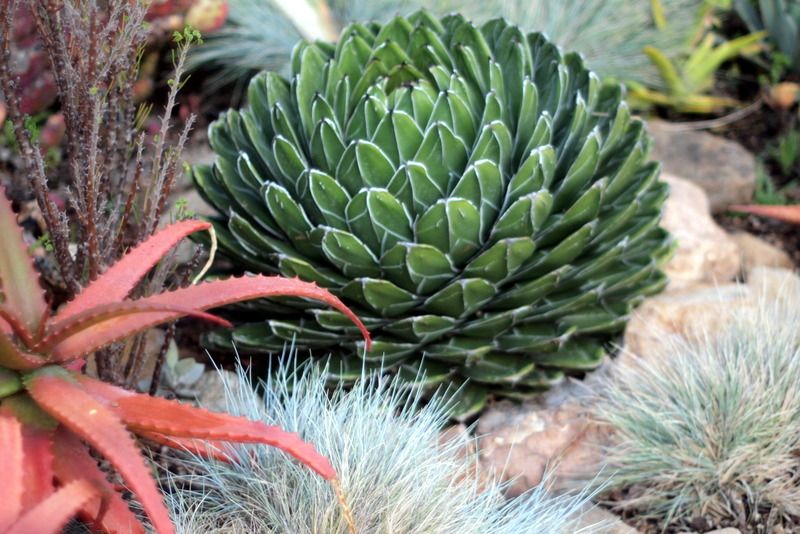
Agave victoriae-reginae
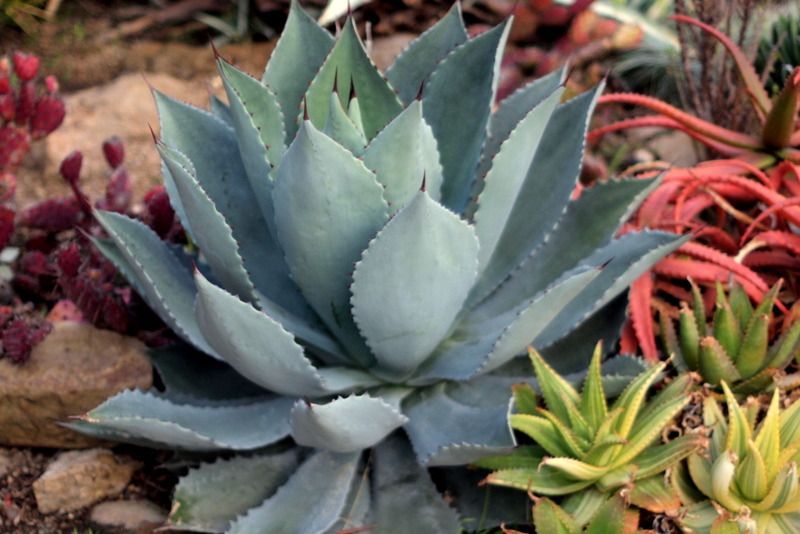
Agave celsii ‘Nova’? Or plain old Agave parryi minus the truncata?

Agave schidigera
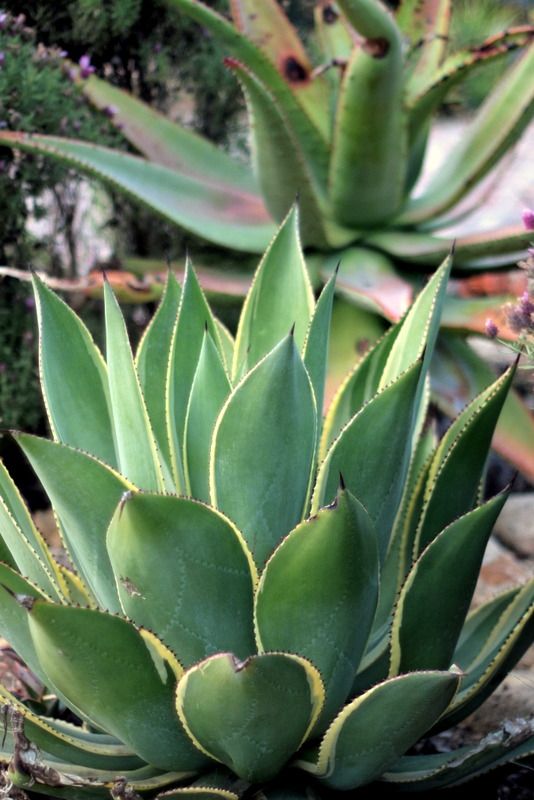
Agave celsii ‘Multicolor’
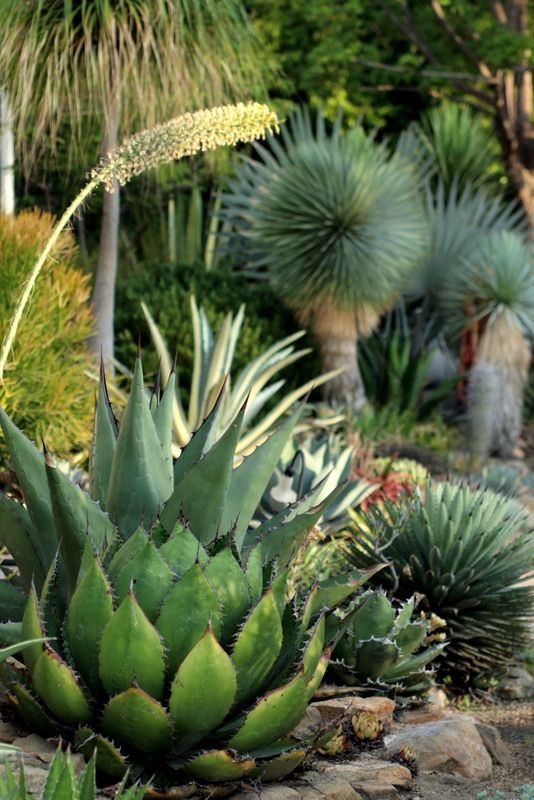
Agave bovicornuta in the foreground

Denise this is the most amazing collection of photographs I’ve seen in along time. Seriously gorgeous. Thank you for making my morning!
Loree, I return the compliment — trying to figure out names of some of these led me to…Danger Garden.
What an incredible – and diverse – collection. Do you know where he finds his selections? I haven’t seen varieties this far-ranging anywhere.
This is an amazing collection! You just inspired me to plant more agave!!!!
Stunning! What amazes me is how clean these are. My in-ground agaves have spider webs, tree leaves stuck in their teeth, and in general look dusty because of our long dry spell.
A few attempts at identification:
– 1st photo: I think this is Agave potatorum ‘Kichiokan’
– 5th photo: I concur, Agave titanota aka ‘Felipe Otero’, ‘F076’ or ‘Sierra Mixteca’ (most likely just a form of titanota)
– Agave havardiana: I’m not an expert on this complex, but the leaves look too narrow. Havardiana typically has broader leaves. Maybe Agave parryi var. neomexicana?
– Agave celsii is now Agave mitis. Just because it’s so much fun switching species names 🙂
So many gorgeous agaves! Your ability to grow these in the ground makes me want to move there!
Wow, wow, wow, agave porn!
HOly Wow!!!! I’ve never seen a better or more beautifully photographed agave collection. I”ll be back to drool over these photographs again. Marvelous post! thanks
So glad you all enjoyed Jud’s agaves. They are remarkably clean looking. Right now mine are covered in jacaranda petals. Having no nearby trees really helps keep things pristine.
Gerhard, thanks for your help with the ID. I’ll update the post with your suggestions. I didn’t know celsii was changed!
Like several other readers, I was struck by how pristine all these plants look. Mine have leaves in them, or deer-antlering damage, or god knows what. This garden is magazine-shoot ready. Or Denise ready! Beautiful photos.
Pam, that deer-antlering of agaves is one kind of damage we don’t see. What goes on in your neighborhood at night? 😉
Not havardiana, which has wide leaves. Quite possibly A. gracilipes or x glomuleriflora.
What a garden. Any chance the owner is getting tired of it and wants to trade? I have mountain views and plenty of wildlife.
You know, if he got it from Annie’s grown from seed from the RBG, as the Annie’s page says, you wonder if it got hybridized there via open pollination. I know they know their plants at RBG. Of course ID-ing Agaves is a pain–there has to be some drawback to all that beauty.
@Bob, I thought I had it locked in with havardiana! I might shoot Jud an email this weekend to see if there’s any confirmation to be had.
@Hoov, I don’t know where he got it. I just thought that photo on Annie’s site was a good match as far as spines and thorns, leaf shape and size.
The leaves on Agave havardiana are at least six inches wide (by about two feet long). Big. Teeth on the leaves are mostly reflexed. Treatment in Flora of North America here. http://www.efloras.org/florataxon.aspx?flora_id=1&taxon_id=242101308
Reason I mention this is that havardiana crosses with anything it with which it comes in contact. Apparently even wild-collected seed taken from plants in populations where no other species is in sight can yield hybrids.
Narrow leaves of the one in the photograph suggest a cross with A. lechuguilla, which is pretty common. That would make it A. x glomeruliflora.
I’m still jealous, no matter what the plant is.
Thanks for that input, Bob. I’ve asked Jud, but it may have come unnamed, without a tag.